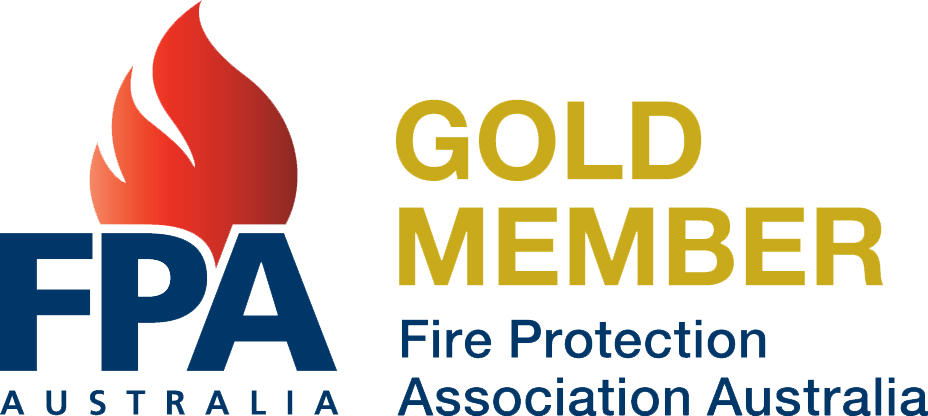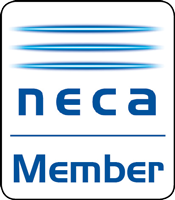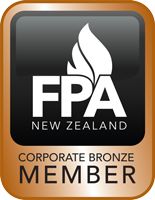The first few moments in a fire emergency – when alert systems and suppression equipment are triggered – can be the difference between a safe evacuation and tragedy.
Fire safety equipment is durable by design, but not invincible. Just like you review fire safety procedures in the workplace, service mission-critical equipment, or upgrade software, regular fire safety equipment maintenance is an ongoing responsibility.
Almost all fire suppression and alert equipment, from extinguishers to sprinklers and FIPs, has components that must be checked and periodically replaced or serviced.
Without maintenance, potentially life-saving equipment can fall into disrepair or fail at a crucial moment.
Australian Standards (which we’ll cover below) set out legal requirements for fire safety equipment maintenance and fire safety procedure reviews.
Managers, landlords and building managers have a duty of careover employees and visitors. But fire safety is also a shared responsibility. Itimpacts everyone who sets foot on the premises.
Fire suppression equipment needs to be thoroughly inspected every 6 months to be compliant with Australian Standards AS1851 and AS2444.
Responsibility often falls to fire wardens to visually inspect fire extinguishers between professional inspections:
But not all fire extinguishers are the same.That’s why a fire safety specialist should inspect extinguishers every 6 months.
Usually found in food preparation areas, fire blankets are used to suppress fires caused by:
The same Australian Standards for fire extinguishers apply to fire blankets. Between professional inspections, fire wardens and staff can keep an eye out for damage or aging as part of routine fire safety procedures in the workplace:
Most smoke detectors are hard-wired, at least in any premises built or bought since 1997. However, even hard-wired smoke alarms use batteries as a back-up in case of power failure.
These batteries need replacing every year. At the same time as we change the batteries, Fire Safe ANZ can test the integrity of every smoke detector across your premises – and there are likely a lot of them.
Did you know there are 4 types of fire sprinkler systems? Depending on your premises you might have a wet pipe, dry pipe, deluge or pre-action system.
Each is susceptible to unique faults, although there are some faults common to all fire sprinkler systems:
FIPs perform several important roles:
Combined with an Emergency Warning and Intercommunication System (EWIS), FIPs facilitate a safe and controlled evacuation. Fire Safe ANZ does more than install and maintain FIPsto the required standards (AS1670 and AS1851.6,1851.7 and 1851.8, if you were wondering).
Our team also trains staff on workplace fire safety procedures to ensure they are comfortable and confident using the EWIS, plus we design and install FIPs to suit site-specific requirements.
Fire safety equipment is not set-and-forget. While fire safety is everyone’s purview, there are specialist services only a fire safety specialist is licenced and trained to undertake.
Contact Fire Safe ANZ to discuss fire safety equipment maintenance, fire safety procedures in the workplace, Annual Fire Safety Statements or anything else our experienced team can do to keep your workforcesafe.


